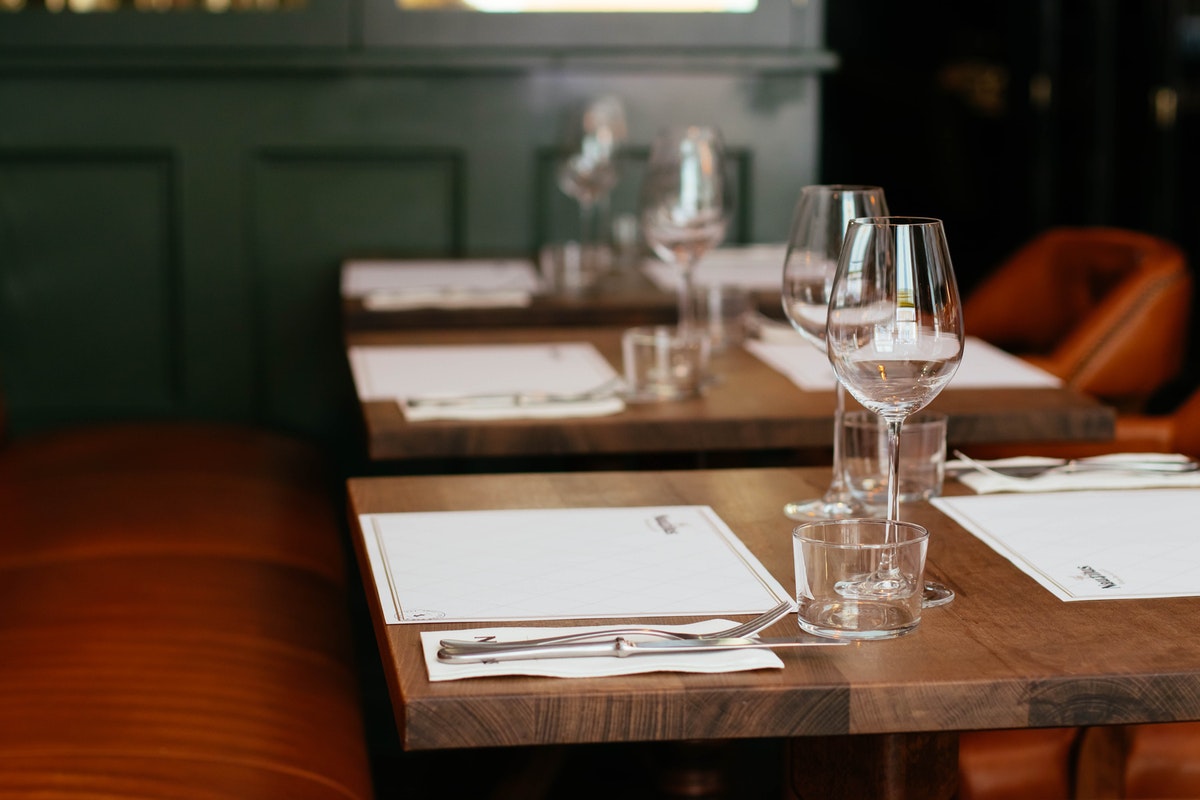Dining at restaurants is one of the many pastimes that have changed so much since the COVID-19 pandemic started. It’s one of the few public spaces where we would need to take our masks off, spend an ample amount of time in, and closely interact with the servers. For many of us, the changing dining culture is something that was so hard to let go of.
When we visit a country as culture-rich as Singapore, it’s almost a crime not to visit a few restaurants to try out the different cuisines. Sometimes, when we feel down and nostalgic, the only thing that could uplift our mood is a steaming soup or greasy burger that would remind us of our childhood.
But now, with the pandemic still running rampant all over the world, it’s hard to deny how the dining culture all over the world has changed. This is how people’s expectations of restaurants change and how restaurants can keep up with the changing dining culture.
Health Safety and Sanitation Protocols
Ali Wong, a famed Asian-American comedian, is one of the many people who guest-starred in Ugly Delicious, the food documentary series of David Chang, a famed chef and restaurant owner. When Wong was eating at soup dumplings with Chang, she talked about what makes a great Vietnamese restaurant. According to her, the dirtier the restaurant, the better the food. She believes that a restaurant that, oddly enough, has a copy machine and a visible mop bucket would often serve the best pho in town.
This may be a stereotypical description of an Asian restaurant in the United States. But, today, that’s no longer the ideal restaurant. With the danger of COVID-19 still looming over us, people are now prioritizing health safety and sanitation protocols. Tables and chairs are expected to be sanitized after every meal. Bathrooms are clean by the hour. Plexiglass barriers stand in between tables. Now, the cleanliness of a restaurant is just—even more—important than the quality of the food.
Pricing
Before the pandemic happened, people were more than happy to shell out a lot of money if it meant that they got to enjoy fine dining, especially at restaurants with a few Michelin stars under their belts. It’s because they paid for more than just the food itself. They also paid for the experience of being at these restaurants, the ambiance, and the service. They got to dress up to the nines and have romantic dates in them, so they were not afraid to just take out their credit cards and not think about the costs.
But now, things have changed because fewer people are inclined to eat at restaurants. So, in effect, many of them have become more conscious about the pricing of the food. They now get more excited about dining deal offers than dressing up for a night of dining out.

Quick Service
Now that quarantine restrictions vary all over the world, people are more adamant about spending less time outside. If they can get all of their errands done and get a hot meal in between in the blink of an eye, they would. This way, they get to go home as quickly as they can to ensure their health safety. This is why many people are now becoming more intense about the quickness of restaurants’ service. They no longer have as much patience about waiting for their food to be served. The longer they wait, the more anxious they get about the crowd and the dangers of the coronavirus.
This expectation, though, has been causing much difficulty for restaurants. Many of them are still getting back on their feet after an economically disastrous 2020. This means that they are working despite the limited resources and manpower.
Delivery, Pick-up, and Take-out Services
In relation to the previous item, since people are less interested in dining inside restaurants, many of them are expecting restaurants to offer delivery, pick-up, and take-out services. Before, such services were almost unthinkable for some restaurants. But now that people are opting to eat at home instead, they are more interested in ordering food and eating at home. Now, to survive the pandemic, restaurants began improvising and modifying their services to meet the demand.
People’s expectations of restaurants have been changing as the COVID-19 pandemic continues. No one can truly predict what the restaurant landscape will be like in the post-pandemic world. But no one can deny the possibility that these restaurant expectations will stick even if everyone on earth got vaccinated and the world is, yet again, safe. So the best that restaurants can do is adapt to these changes. The good thing is that many of them have.







